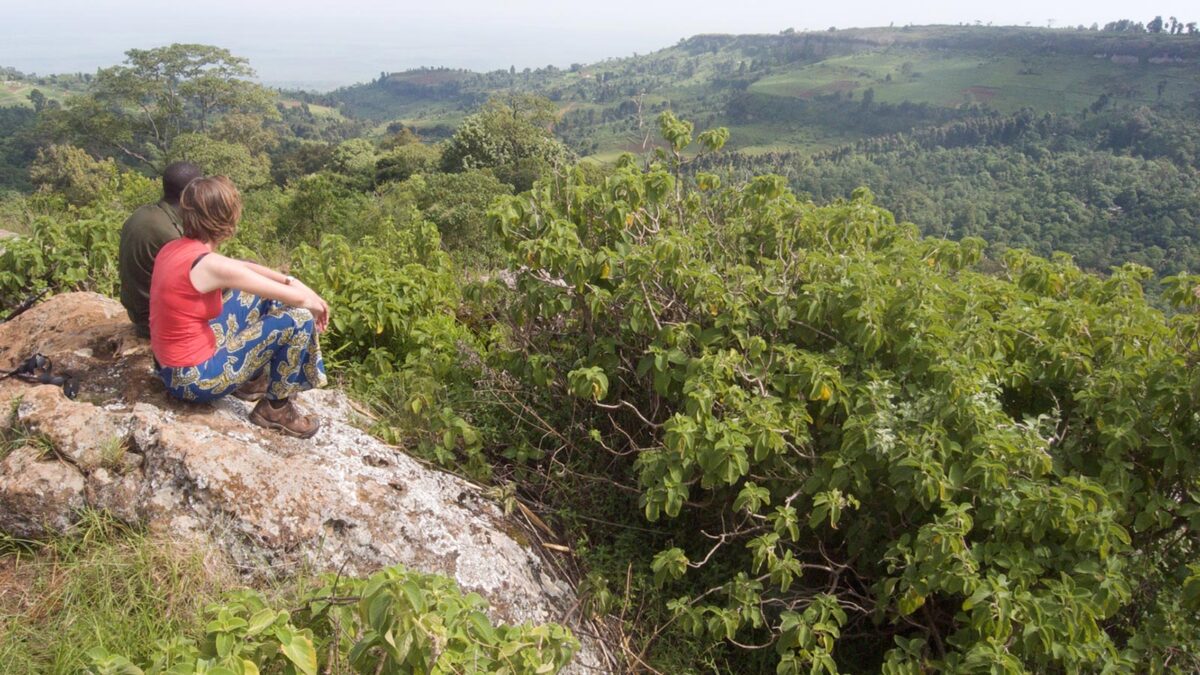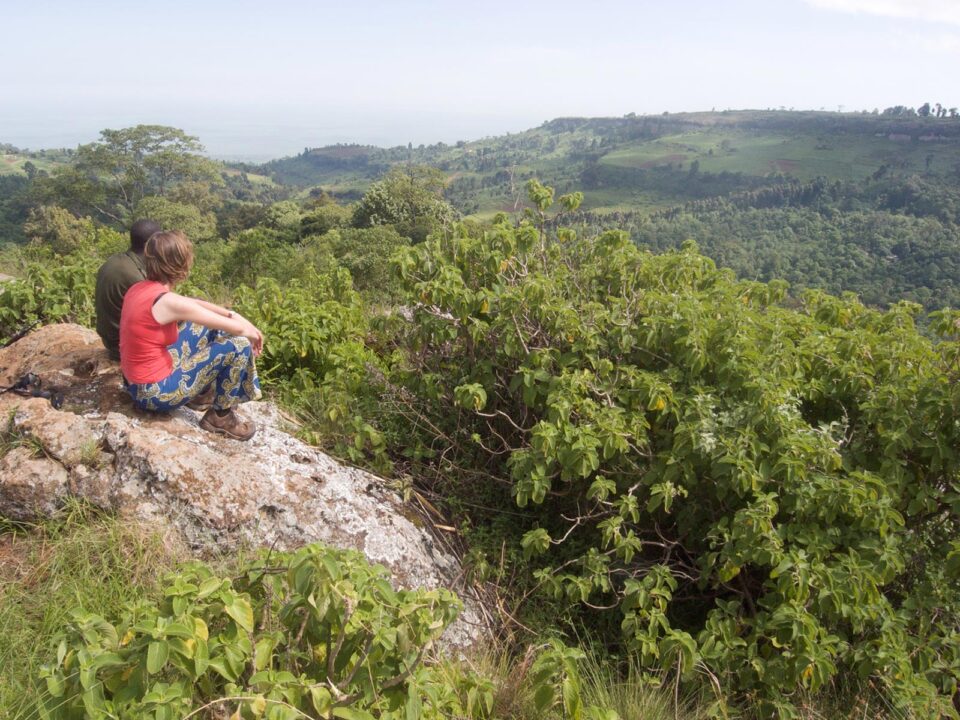Explore Mount Elgon National Park Uganda

Nasolot National Reserve
September 11, 2023
Nyege Nyege Music Festival Jinja Uganda
September 11, 2023Explore Mount Elgon National Park Uganda – Sipi Falls and Chebonet Falls
Nestled in the heart of Uganda, Mount Elgon National Park beckons travelers with its awe-inspiring natural beauty. Located 140 kilometers northeast of Lake Victoria, this national treasure spans an impressive 1,279 square kilometers (494 sq. mi) and straddles the border between Kenya and Uganda. The Ugandan section of the park encompasses 1,110 square kilometers, while its Kenyan counterpart covers 169 square kilometers. This remarkable destination was officially designated a national park in 1992 in Uganda and 1968 in Kenya, drawing its name from the majestic Mount Elgon, an extinct shield volcano that graces the borderlands of both countries. Notably, Mount Elgon plays a vital role as a crucial water catchment area for the Nzoia River, which flows into Lake Victoria, and the Turkwel River, also known as the Suam River in Uganda, which meanders into Lake Turkana.
Climate
Mount Elgon National Park boasts a diverse climate, ranging from moist to moderately dry conditions. It receives an annual rainfall of over 1,270 millimeters, with dry seasons extending from June to August and December to March. However, nature’s unpredictability means that rainfall can grace the park at any time, enriching the ecosystem with its life-giving sustenance.
Vegetation
The slopes of Mount Elgon host an incredibly diverse range of vegetation, transforming the landscape as altitude varies. From lush montane forests to expansive open moorlands adorned with giant lobelia and groundsel plants, the park’s biodiversity is a sight to behold. The journey upward reveals olive Olea hochstetteri and Anngueria adolfi-friendericii wet montane forests, transitioning to olive and Podocarpus gracilior forests at higher elevations. Beyond this lies a realm of Podocarpus and bamboo Arundinaria alpine zones. Further ascending the slopes leads to a Hagenia abyssinica zone and eventually to moorlands, where heaths like Erica arborea and Philippia trimera flourish alongside tussock grasses such as Agrostis gracilifolia and festuca pilgeri, as well as herbs like Alchemilla, Helichrysum, lobelia, and giant groundsel senecio barbatipes and Senecio elgonensis. The botanical richness of Mount Elgon National Park includes magnificent specimens such as giant podocarpus, juniper, Elgon olive trees cedar Juniperus procera, pillarwood Cassipourea malosana, elder Sambucus adnata, and pure stands of Podocarpus gracilior, along with an array of orchids. Among the 400 recorded species, Ardisiandra wettsteinii, Carduus afromontanus, Echinops hoehnelii, and Ranunculus keniensis are particularly noteworthy, as they are exclusive to the high-altitude broad-leaf montane forest, with Ranunculus keniensis previously thought to be endemic to Mount Kenya.
Mammals
The lower slopes of Mount Elgon National Park are home to impressive creatures such as elephants and buffalos. Additionally, the park provides a sanctuary for various small antelope and duiker species, along with forest-dwelling monkeys like the black and white colobus and blue monkey. Intriguingly, the red-tailed monkey, once thought to be locally extinct, has also been reported within the park’s boundaries. The park’s mammalian residents also include leopard and hyena, which persisted in the late 1990s.
Birds
With a diverse avian population, Mount Elgon boasts at least 144 bird species. Particularly captivating species to spot include Jackson’s spurfowl, the Eastern bronze-napped pigeon, Hartlaub’s turaco, the Tacazze sunbird, and the endangered lammergeyer, which is notable for its limited geographical range.
Invertebrates
The park is not just a haven for vertebrates; it also harbors fascinating invertebrates. Maathai’s longleg, an endangered dragonfly, was first discovered here in 2005, earning its name in honor of Nobel Prize winner Wangari Maathai. Mount Elgon is also a haven for butterflies, with half of Uganda’s butterfly species reported within its boundaries.
Attractions
Mount Elgon National Park dazzles visitors with its stunning array of natural attractions. From towering cliffs and enchanting caves to cascading waterfalls, dramatic gorges, mesas, and calderas, this park is a haven for nature enthusiasts. The four remarkable caves, including Kitum cave with its crystalline walls extending 200 meters into Mount Elgon’s side, are popular areas for both visitors and resident wildlife. Elephants and buffalos frequent these caves, drawn by the natural salt deposits found on the cave walls. The Endebess bluff offers a breathtaking panoramic view of the park’s rugged escarpments, gorges, mesas, and meandering rivers. For adventure seekers, the highest peak on the Kenyan side, Koitoboss, stands at an impressive 13,852 feet and can be reached by hikers in approximately two hours from the road’s end. Activities within the park encompass vehicle circuits leading to prime animal viewing areas, self-guided walking trails, hikes to Endebess Bluff and Koitoboss Peak, primate and bird watching, cave explorations, camping, and photography.
Mount Elgon Caves
Recent studies have revealed that elephants and other mammals play a significant role in shaping the unique geological features of Mount Elgon’s caves. These animals, often visiting at night, “mine” the natural salt by licking it from the cave walls. Kitum, Chepnyali, and Mackingeny are among the mapped caves that visitors can explore.
Other Attractions
Mount Elgon National Park boasts additional intriguing attractions, including ancient cave paintings near the Budadiri trailhead and hot springs within the former volcano’s crater, which bubble at temperatures of up to 48°C.
Popular Culture
The park has left its mark on popular culture, serving as the backdrop for parts of Richard Preston’s book “The Hot Zone.” Kitum Cave, with its mystical allure, also features prominently in the book. Moreover, it is believed that Henry Rider Haggard’s renowned novel “King Solomon’s Mines” drew inspiration from the enigmatic Mount Elgon Caves, further adding to the park’s mystique and allure.


